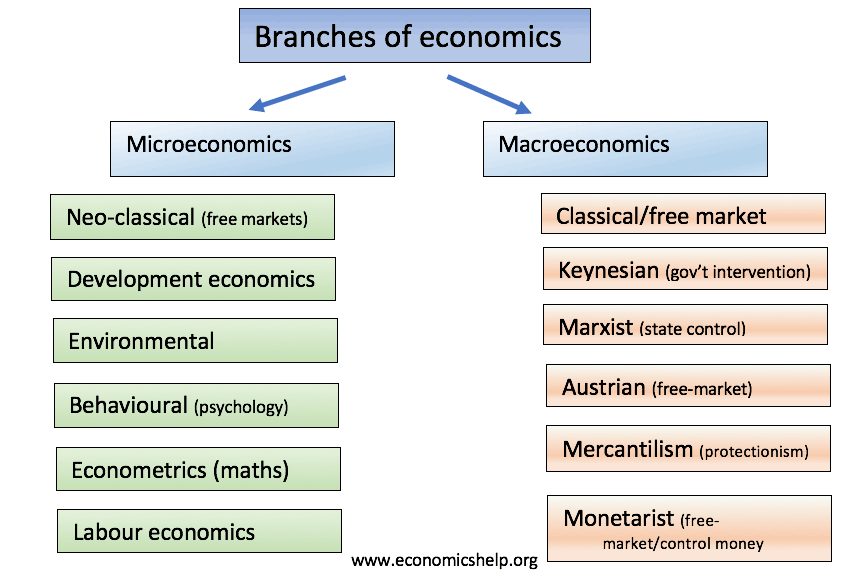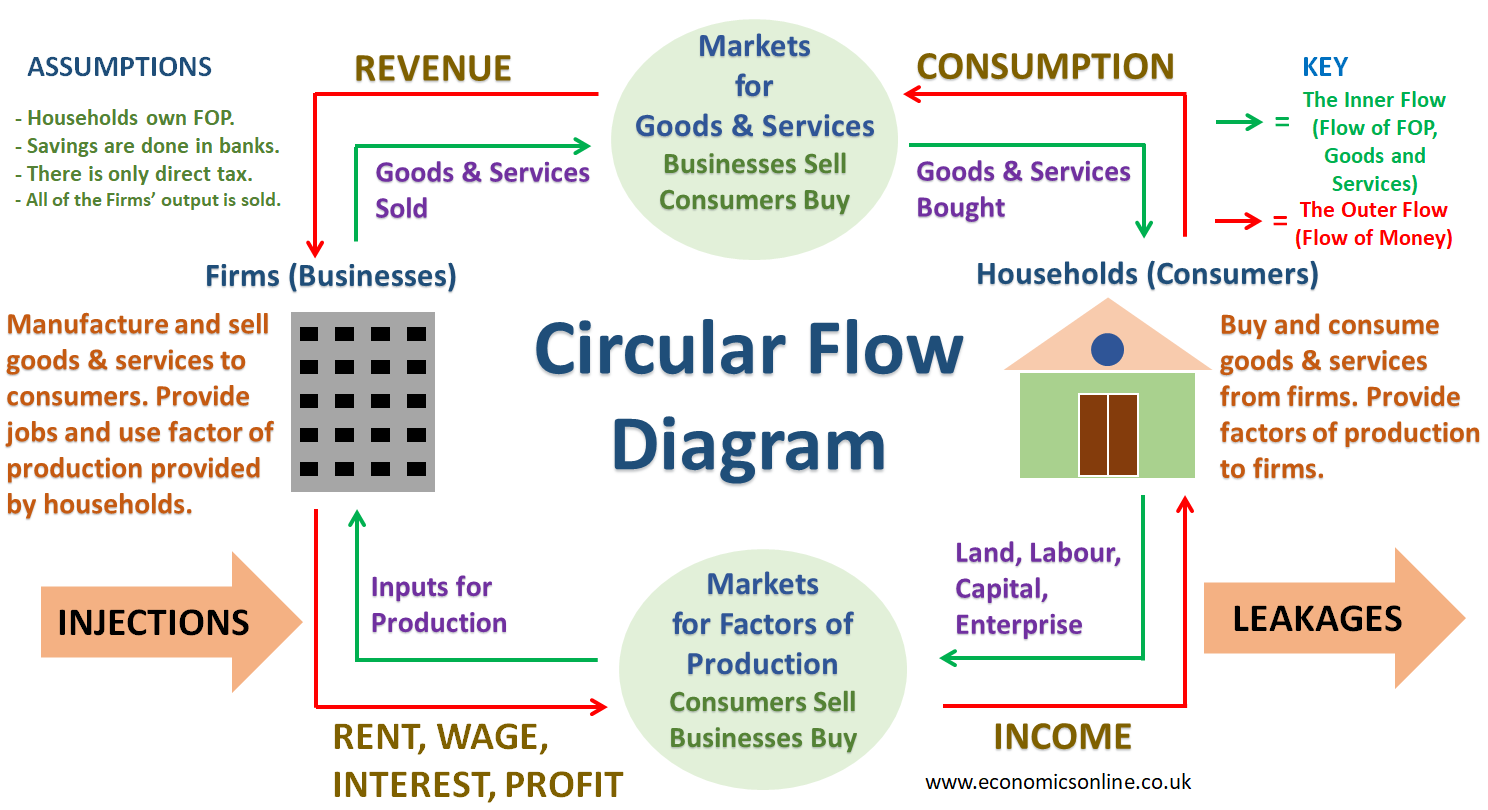Overview of Microeconomics and Macroeconomics
Understanding economics is crucial for grasping how individual decisions and national policies shape our world. Economics is broadly divided into two main branches: microeconomics and macroeconomics. Each branch plays a distinct but interconnected role in the study of economic activities.
Definition of Microeconomics
Microeconomics focuses on the behaviors of individuals and firms when making decisions about resource allocation. It examines how these choices affect supply and demand in specific markets. Microeconomic analysis often involves studying factors like pricing, consumer behavior, and market competition, which helps explain how individual actions influence overall market dynamics.
Definition of Macroeconomics
In contrast, macroeconomics looks at the economy as a whole. It analyzes broad principles and aggregates, such as national income, total employment, inflation rates, and gross domestic product (GDP). Macroeconomics seeks to understand how various sectors of the economy interact and how policies can influence economic stability and growth.
Key Differences Between Microeconomics and Macroeconomics
| Feature | Microeconomics | Macroeconomics |
|---|---|---|
| Focus | Individual markets and actors | National and global economy |
| Scope | Specific industries or firms | Aggregate economic indicators |
| Key Concepts | Supply and demand, utility | GDP, inflation, unemployment |
| Approach | Bottom-up | Top-down |
Microeconomics Explained
What is Microeconomics?
Microeconomics delves into the details of how consumers and businesses make choices. It helps us understand the allocation of resources in markets and the resulting price levels.
Principles of Microeconomics
Microeconomics is built on several key principles:
Demand and Supply
The relationship between demand and supply determines prices in the market. When demand exceeds supply, prices tend to rise, and vice versa. This balance is crucial for market equilibrium.
Utility Maximization
Consumers aim to maximize their satisfaction or utility from goods and services. This principle explains consumer choices based on preferences and budget constraints.
Opportunity Cost
Every decision incurs an opportunity cost, which is the value of the next best alternative foregone. Understanding opportunity costs is essential for making informed economic choices.
Microeconomic Examples in Daily Life
Renting an Apartment
When renting an apartment, individuals assess their budget against available options. High demand in a city like New York drives up rental prices, compelling renters to make decisions based on their financial constraints.
Purchasing Decisions
Consumers evaluate products based on price, quality, and personal preferences. For instance, choosing between two brands of smartphones involves considering utility and opportunity costs.
Business Pricing Strategies
Businesses set prices based on market demand and production costs. A bakery might adjust prices based on ingredient costs and competitor pricing, highlighting the interplay of microeconomic principles.

Macroeconomics Explained
What is Macroeconomics?
Macroeconomics investigates the economy as a whole, analyzing aggregate indicators and their interrelationships. It provides insight into how government policies and global events impact economic performance.
Key Concepts in Macroeconomics
Gross Domestic Product (GDP)
GDP measures the total economic output of a country. It serves as a key indicator of economic health and growth, reflecting consumer spending, investments, and government expenditures.
Inflation and Unemployment
Inflation refers to the rate at which prices increase, while unemployment measures the percentage of the labor force that is jobless. Both metrics are crucial for assessing economic stability.
Economic Growth and Fiscal Policy
Economic growth is influenced by various factors, including productivity and investment. Fiscal policy, including government spending and taxation, plays a vital role in stimulating or restraining economic activity.
How Macroeconomics Influences the Economy
Government Policies
Governments utilize macroeconomic principles to formulate policies that aim to stabilize the economy. For example, during a recession, governments may increase spending to boost demand.
Impact on Businesses
Macroeconomic conditions directly affect business decisions. A rise in interest rates may lead companies to reduce investments, impacting overall economic growth.

Interrelation Between Micro and Macro Economics
How Microeconomics Affects Macroeconomic Trends
Microeconomic behavior collectively shapes macroeconomic outcomes. For instance, consumer spending trends can significantly influence GDP growth.
The Role of Macroeconomics in Business Decisions
Businesses must consider macroeconomic indicators when making strategic decisions. Understanding economic cycles enables firms to adapt their operations and marketing strategies accordingly.
Complementarity of Micro and Macro Economics
Micro and macroeconomics are not isolated fields; they complement each other. Individual choices impact broader economic trends, while macroeconomic conditions create the framework within which microeconomic decisions are made.
Importance of Microeconomics in Economic Policy
Microeconomics and Consumer Behavior
Understanding microeconomic principles allows policymakers to anticipate how consumers will react to changes in prices, taxes, or regulations.
Impact on Business Strategies and Market Structures
Microeconomic analysis helps businesses develop strategies that align with market conditions. For example, knowledge of competitive dynamics can guide pricing and product development.
Role in Formulating Economic Policies
Policymakers rely on microeconomic insights to craft effective economic policies. This analysis helps in addressing issues like market failures, externalities, and public goods.
Conclusion
Summary of Key Points
- Microeconomics focuses on individual choices and market dynamics, while macroeconomics examines the economy as a whole.
- Key microeconomic principles include supply and demand, utility maximization, and opportunity costs.
- Macroeconomic indicators like GDP, inflation, and unemployment guide government policies and business strategies.
The Relevance of Understanding Both Micro and Macro Economics in Today’s Economy
In an increasingly complex economic landscape, understanding both micro and macroeconomics is crucial. This knowledge empowers individuals, businesses, and policymakers to make informed decisions that drive economic growth and stability.
Key Takeaways:
- Microeconomics studies individual decision-making and market interactions.
- Macroeconomics analyzes aggregate economic performance and policies.
- Both fields are interrelated and critical for understanding economic dynamics.
- Microeconomic principles inform business strategies and consumer behavior.
- Macroeconomic indicators guide policy formulation and economic planning.
